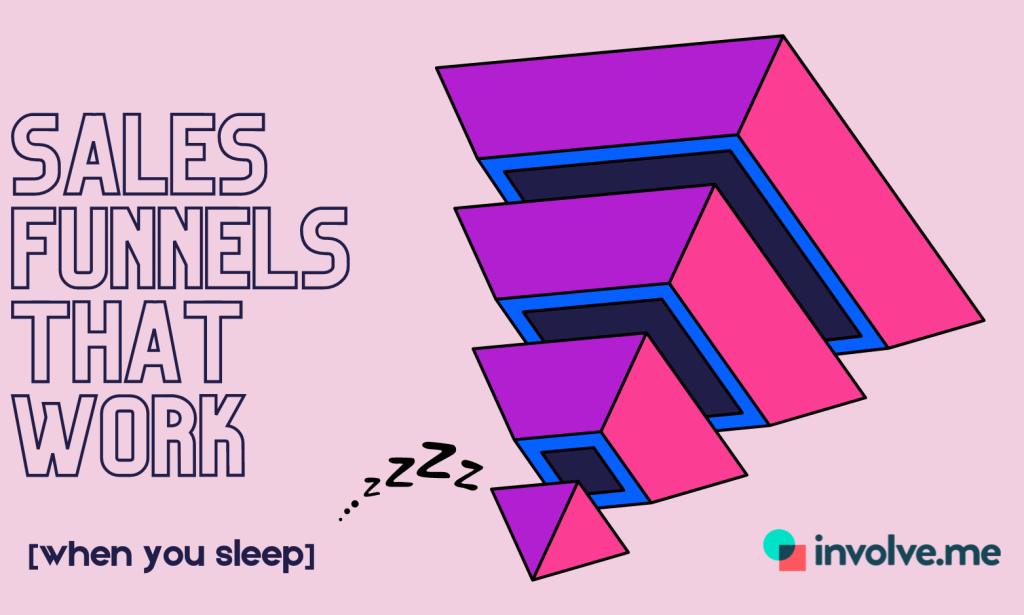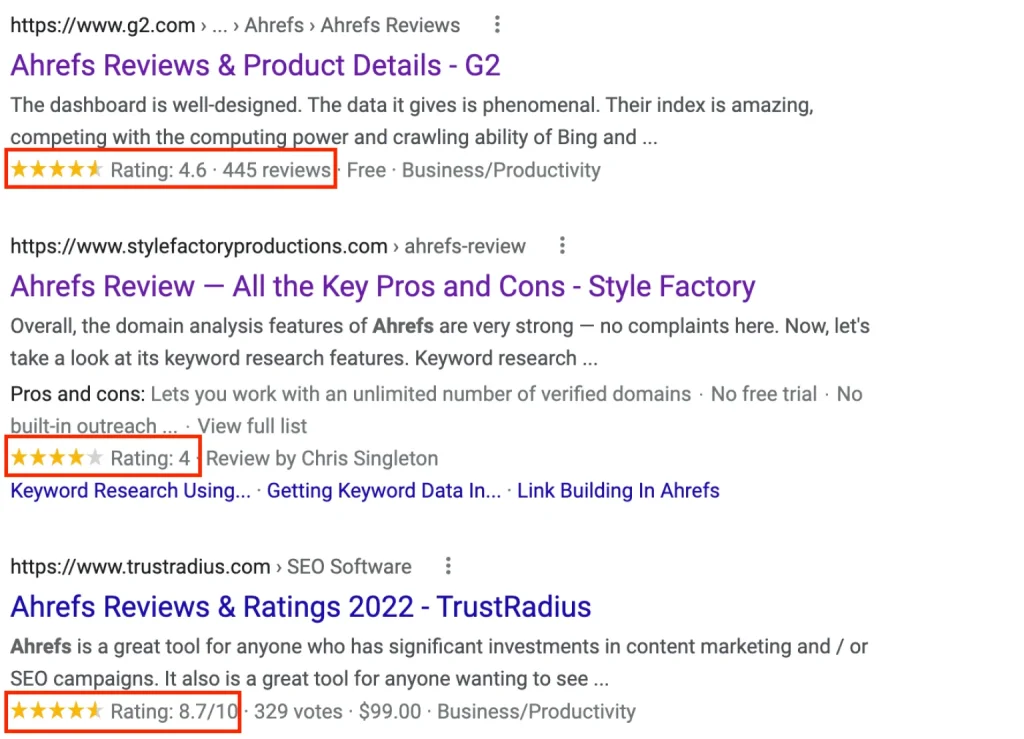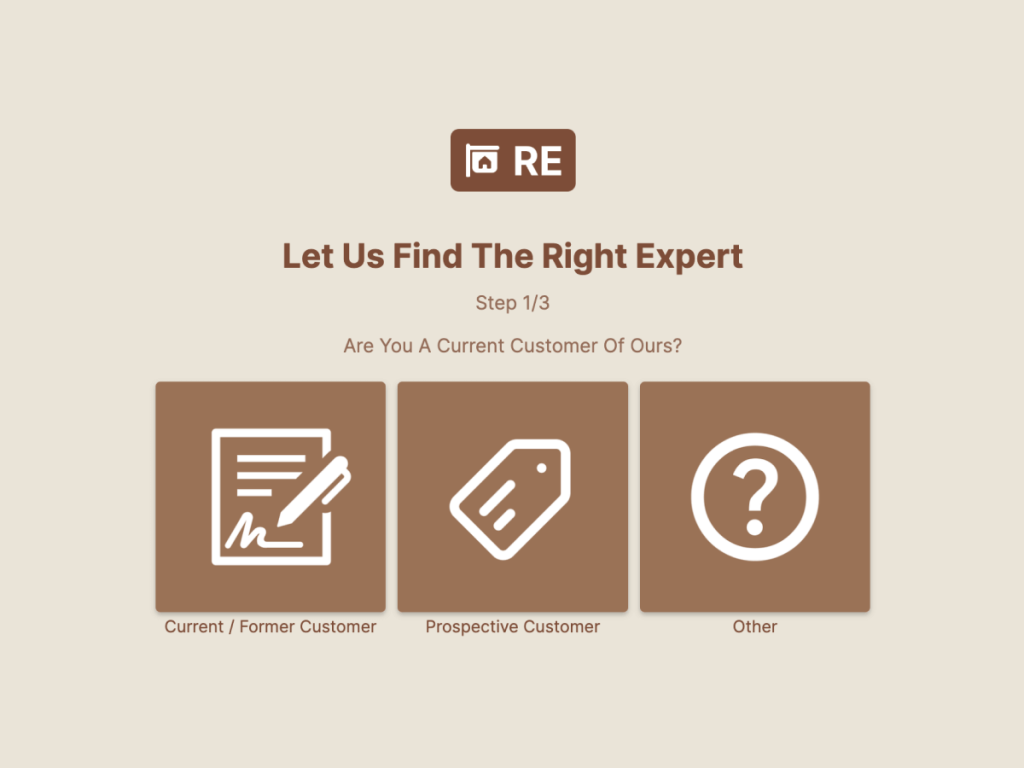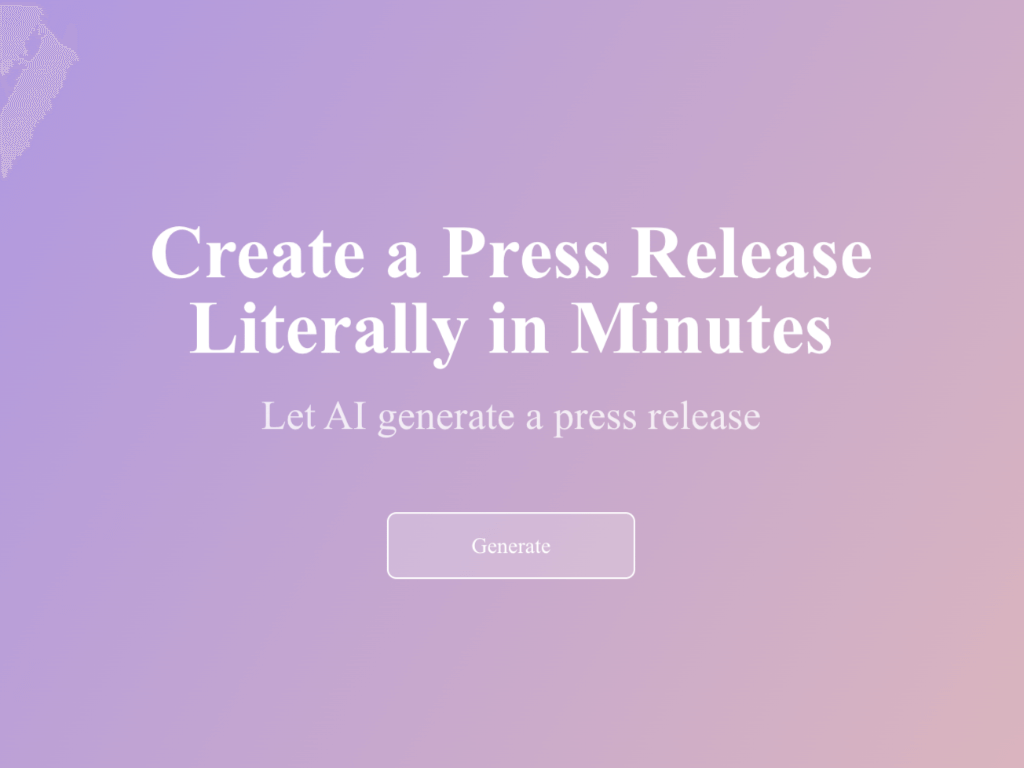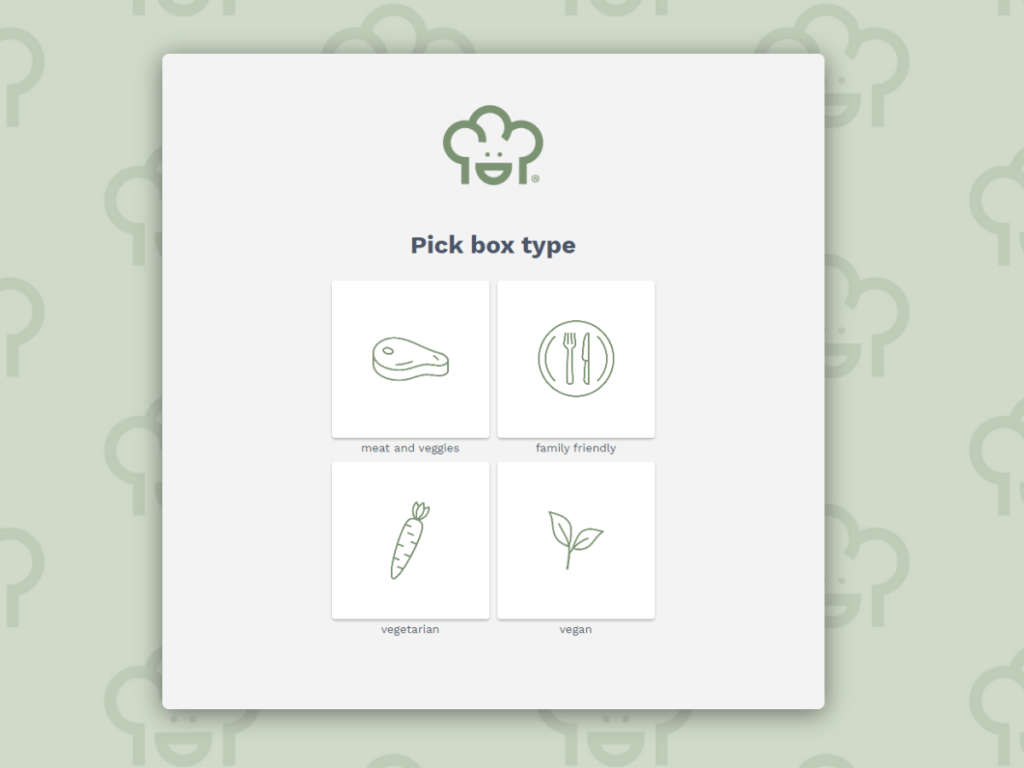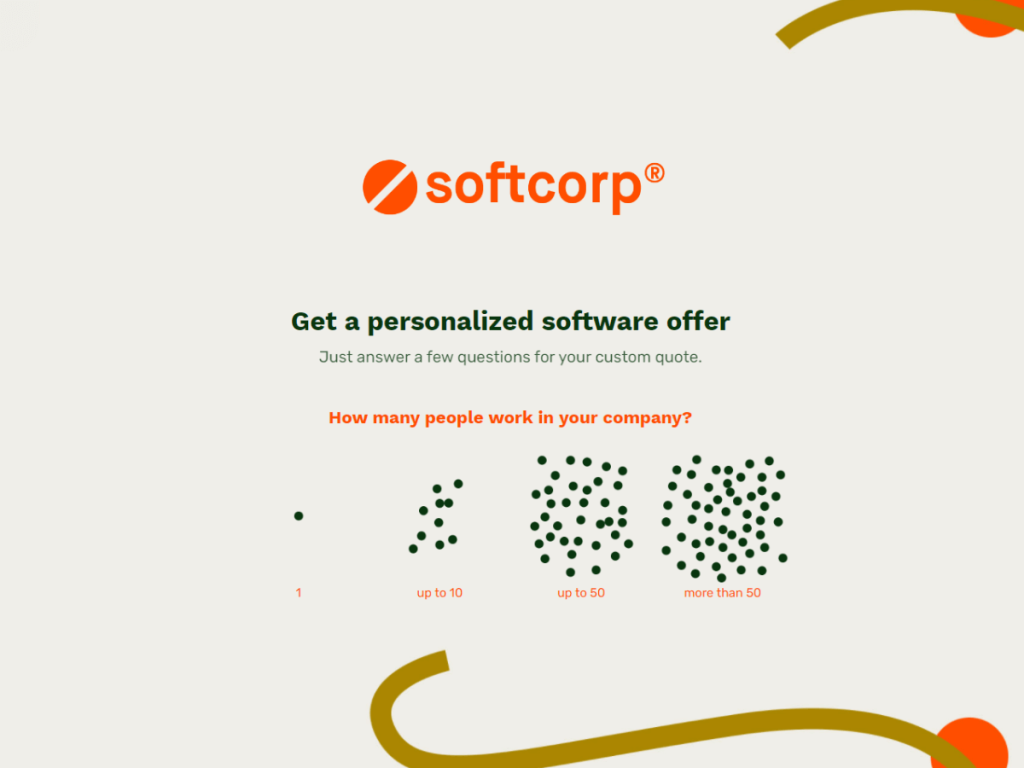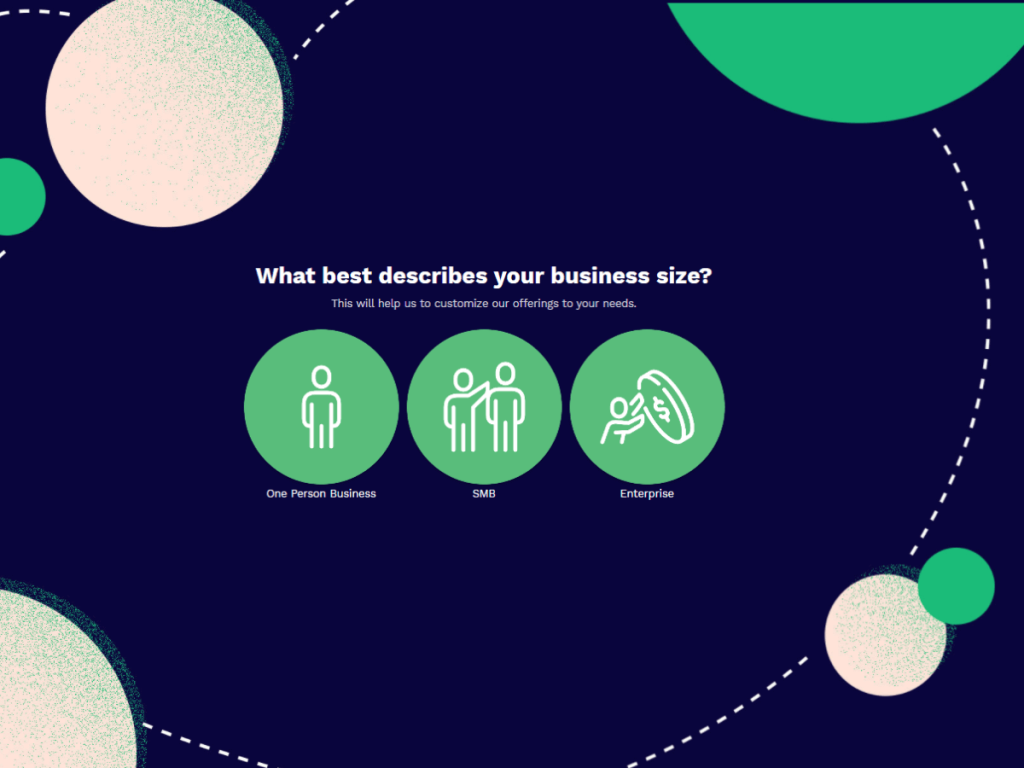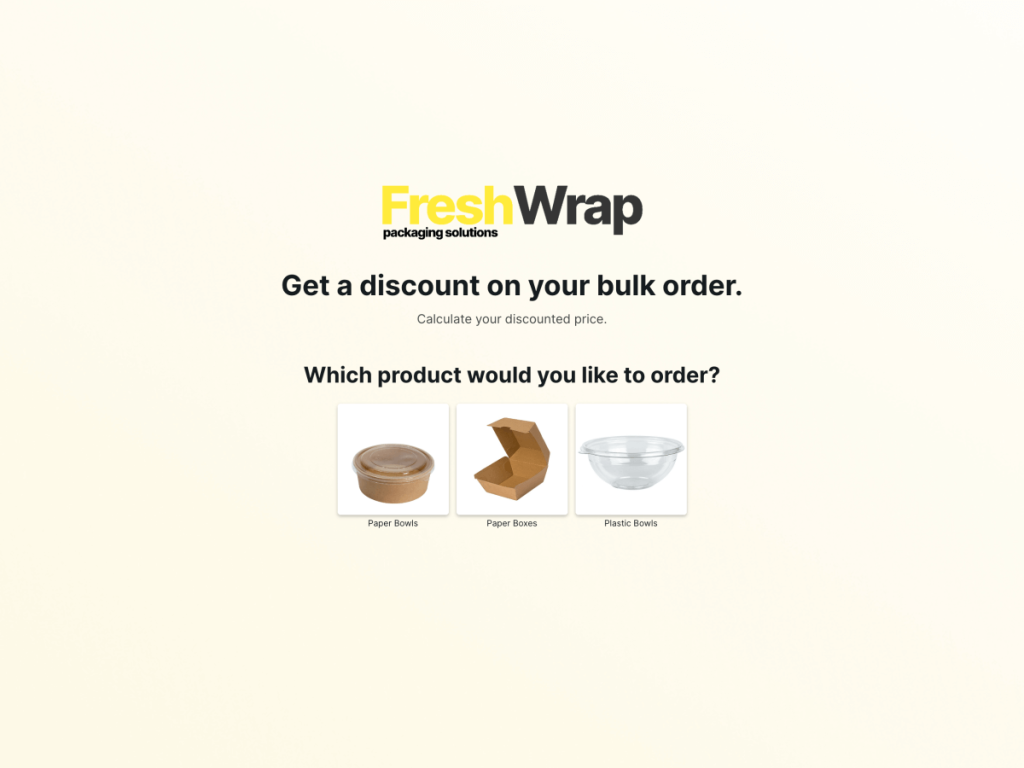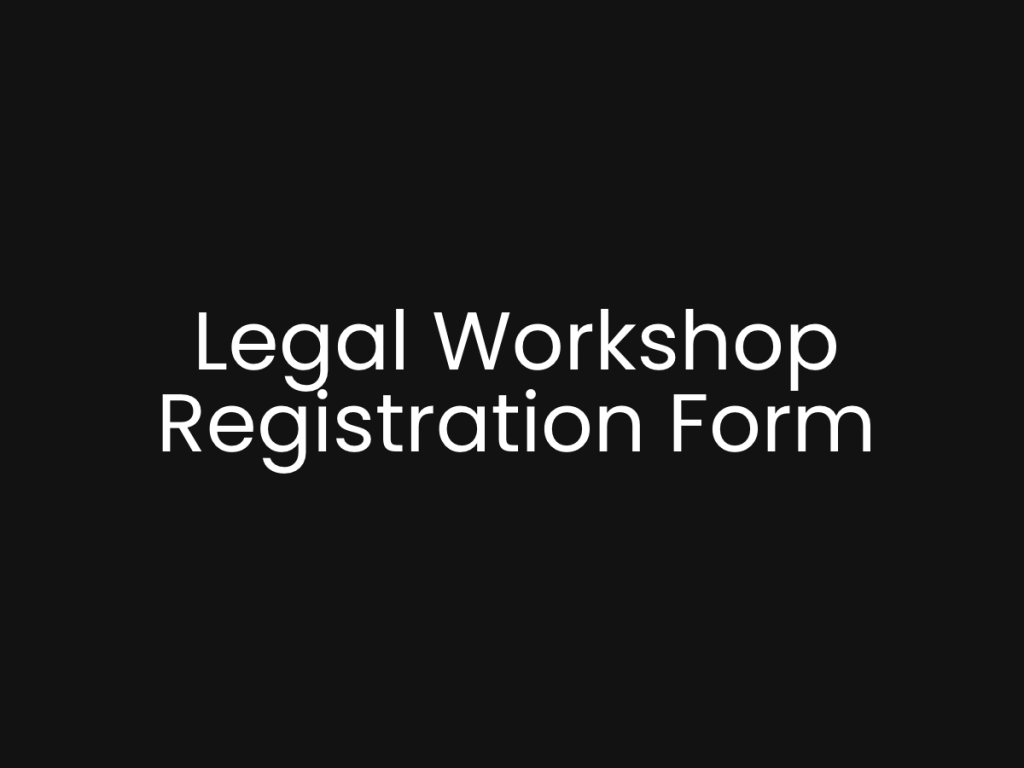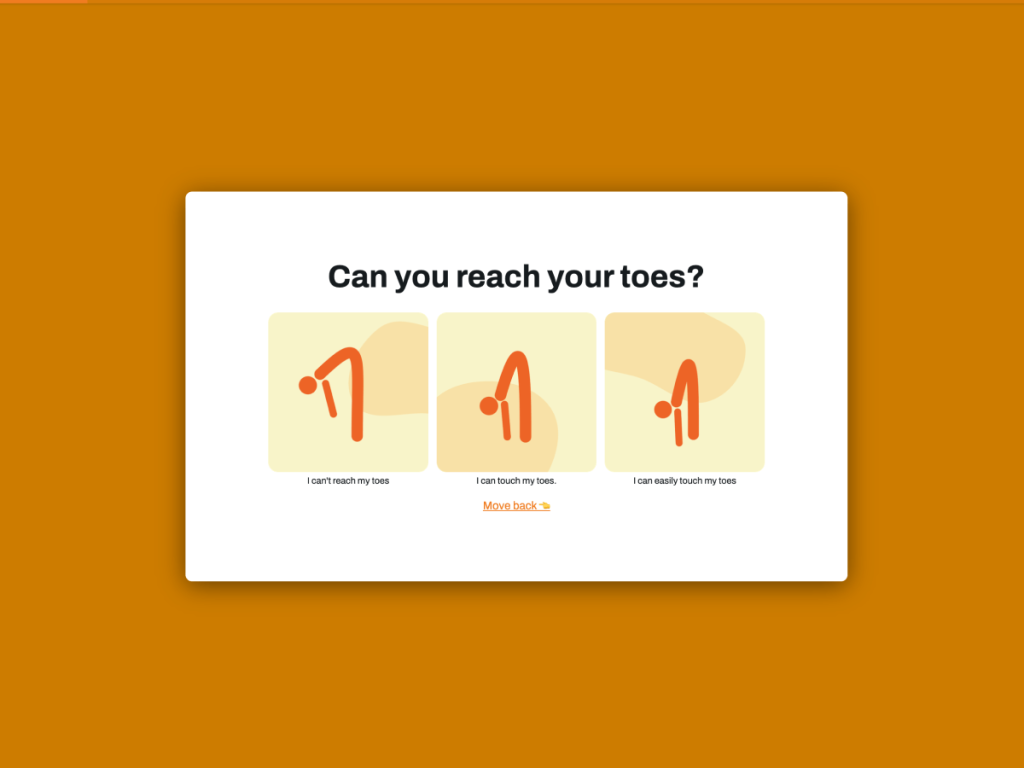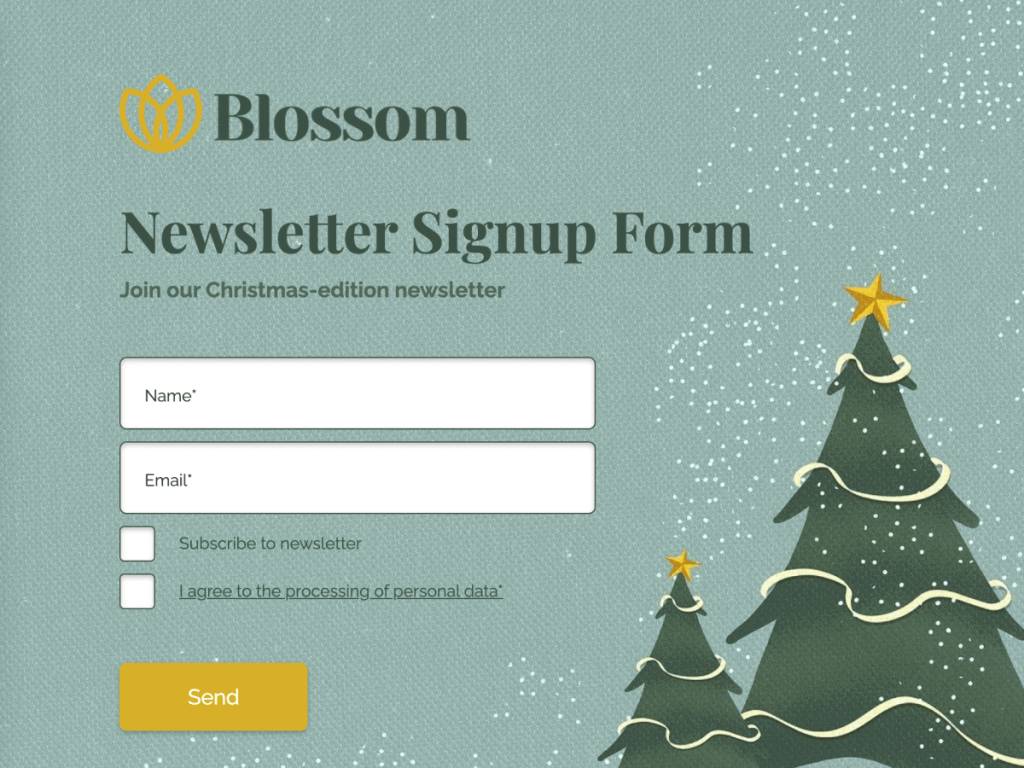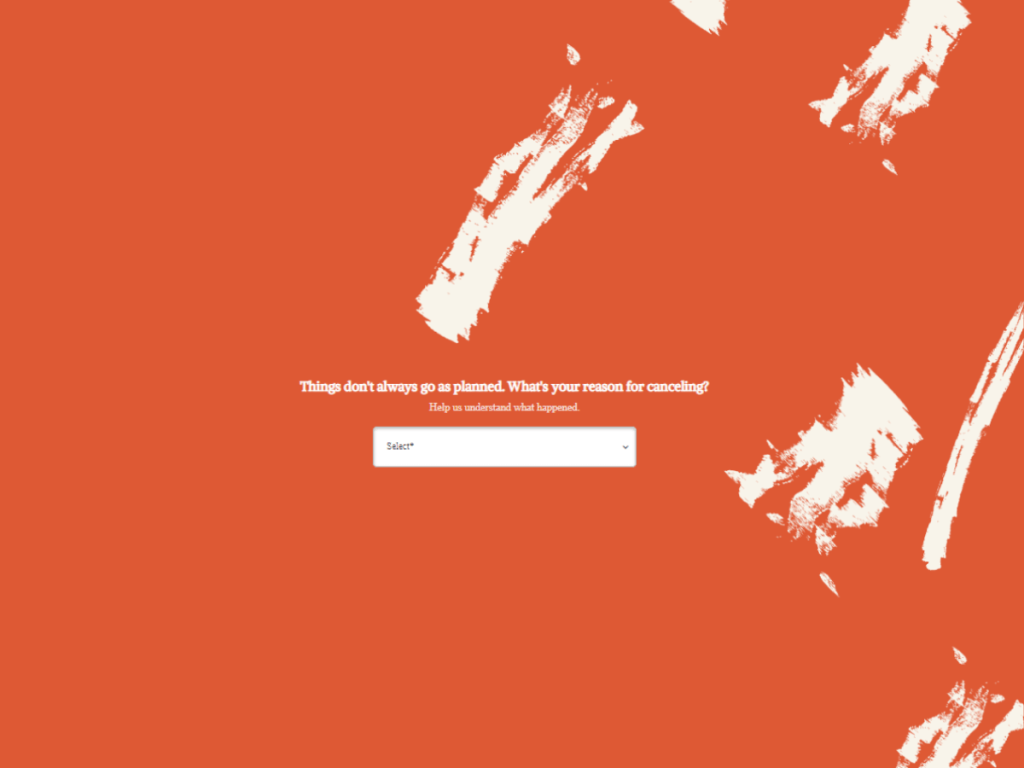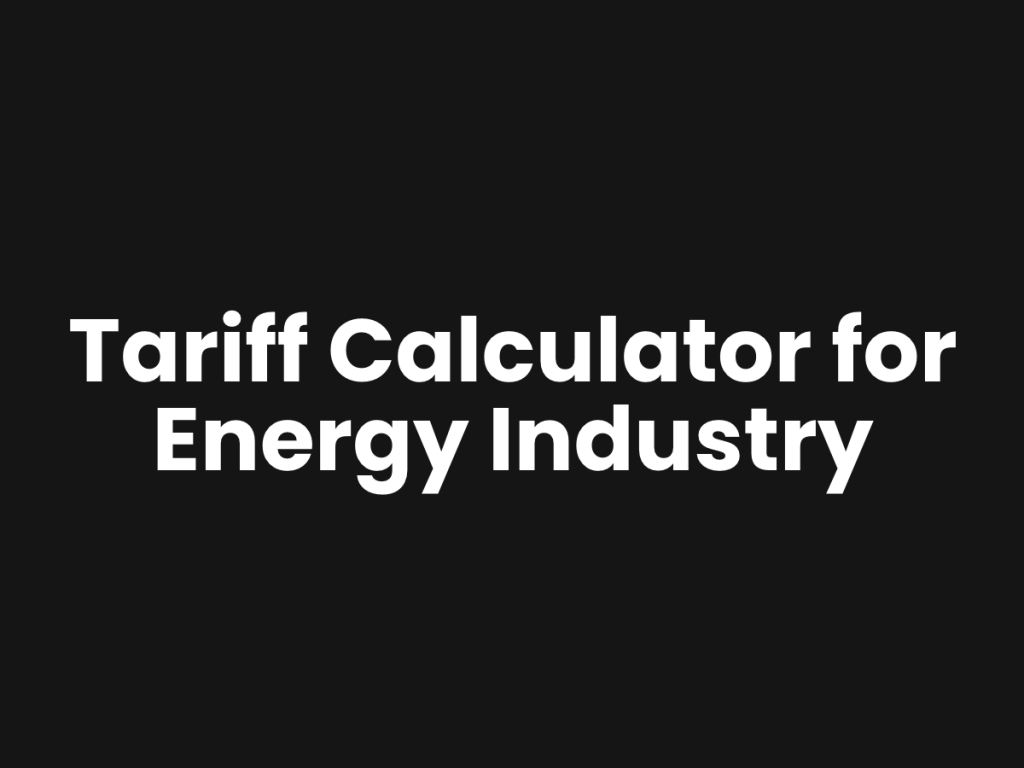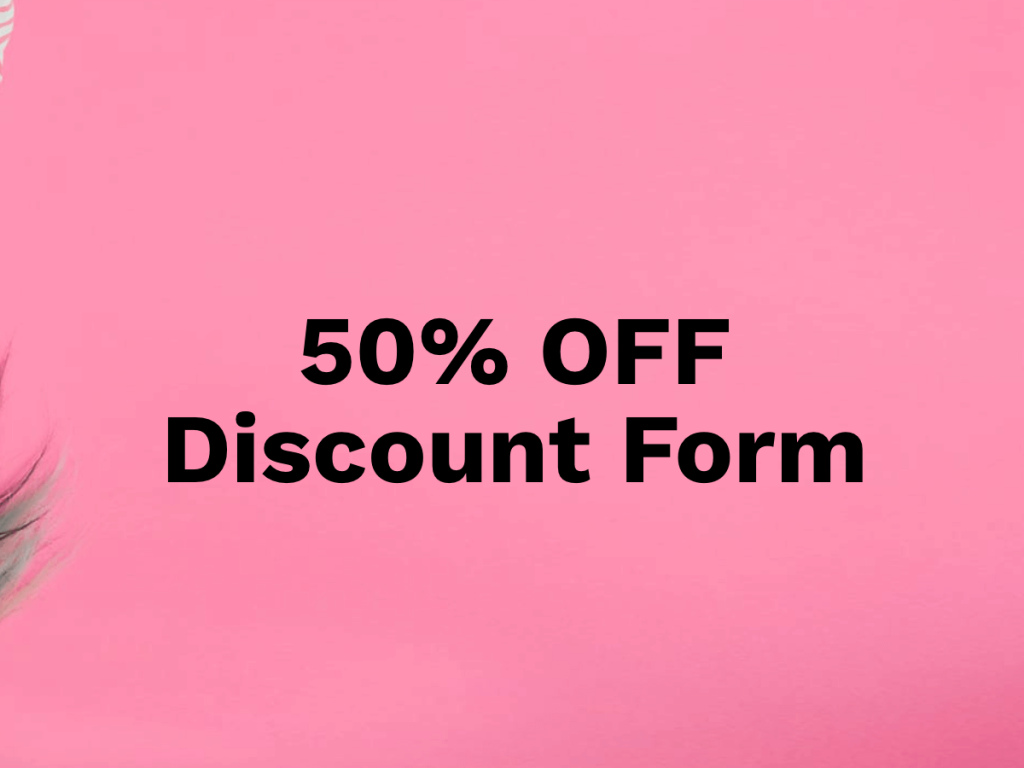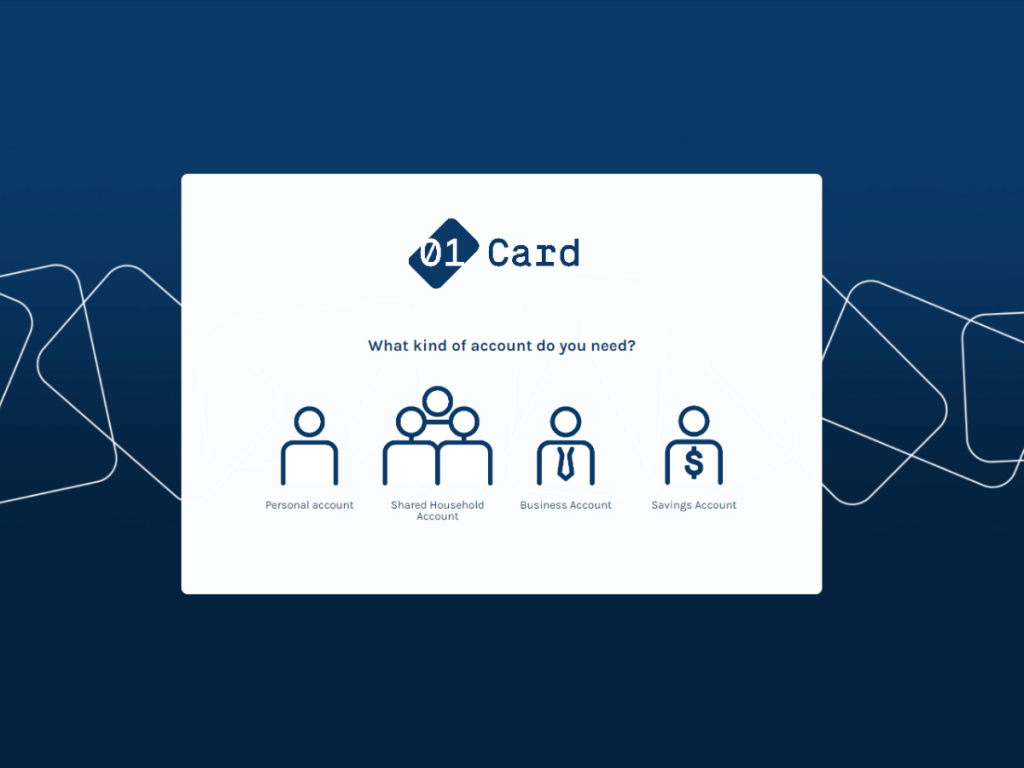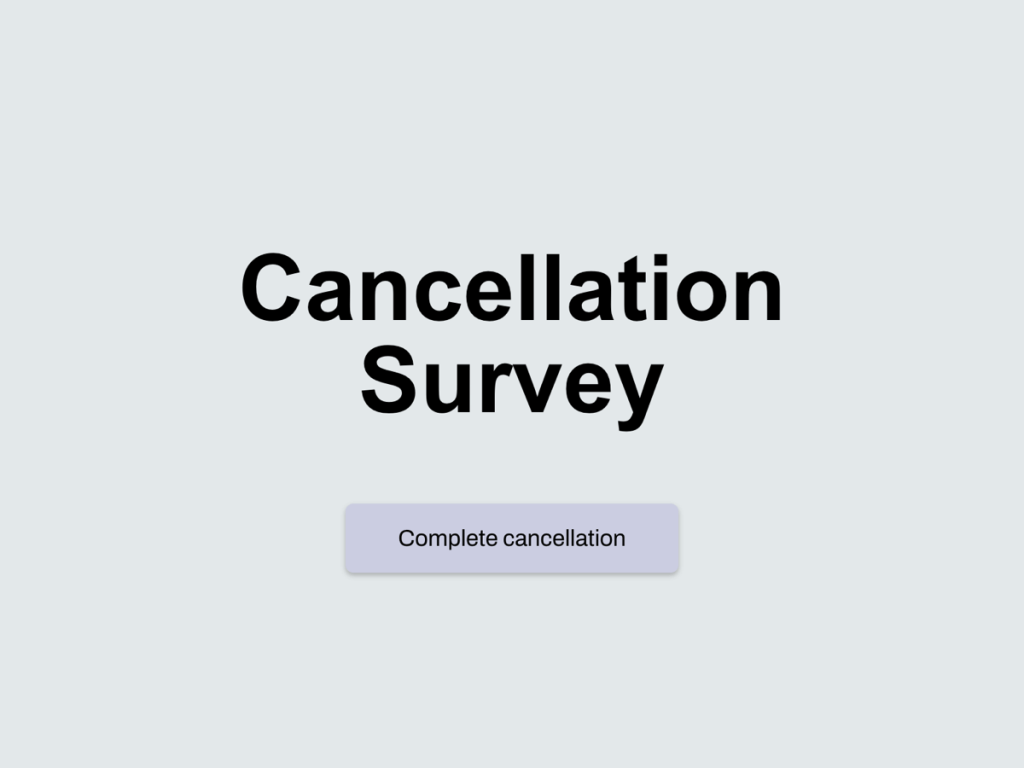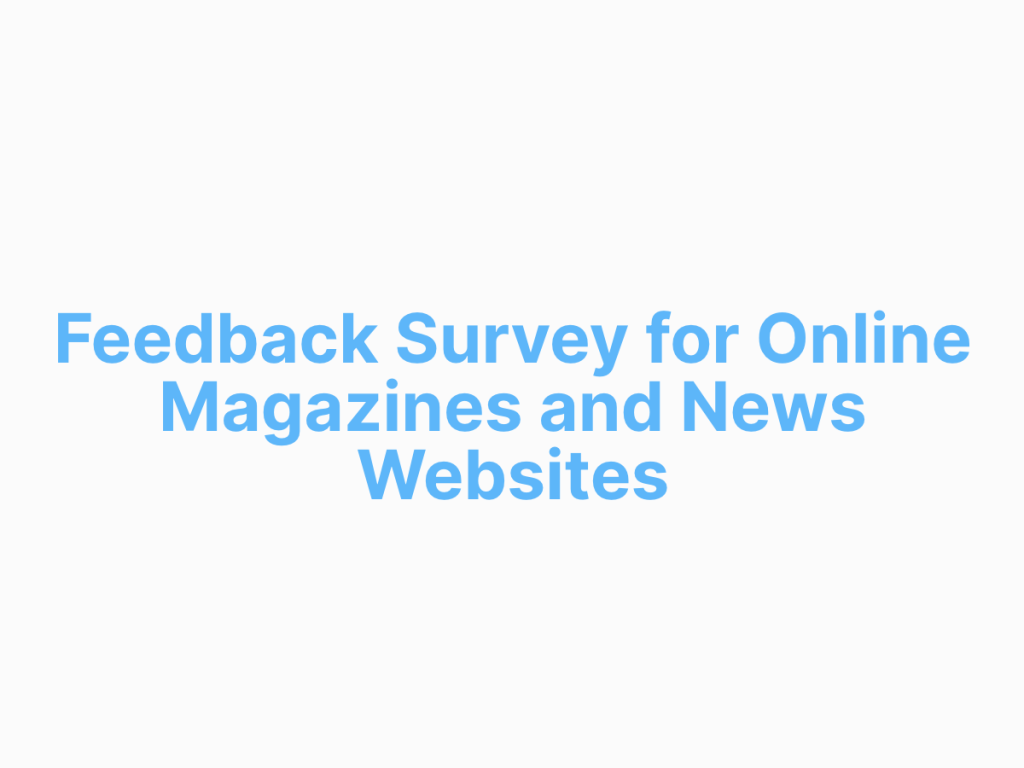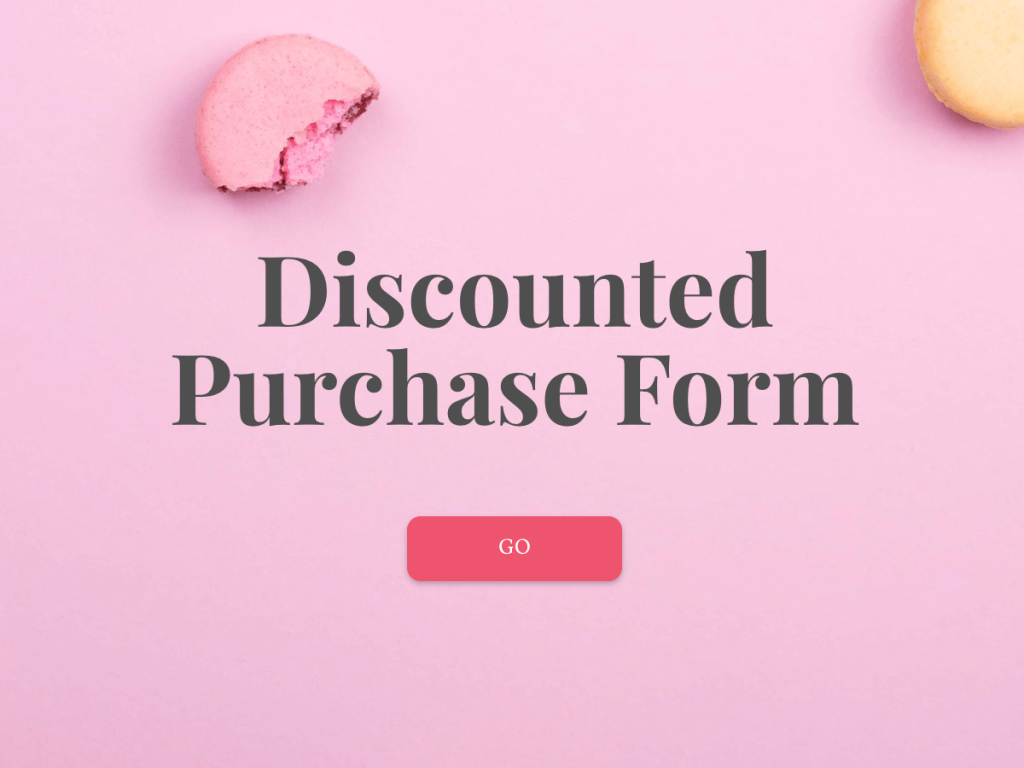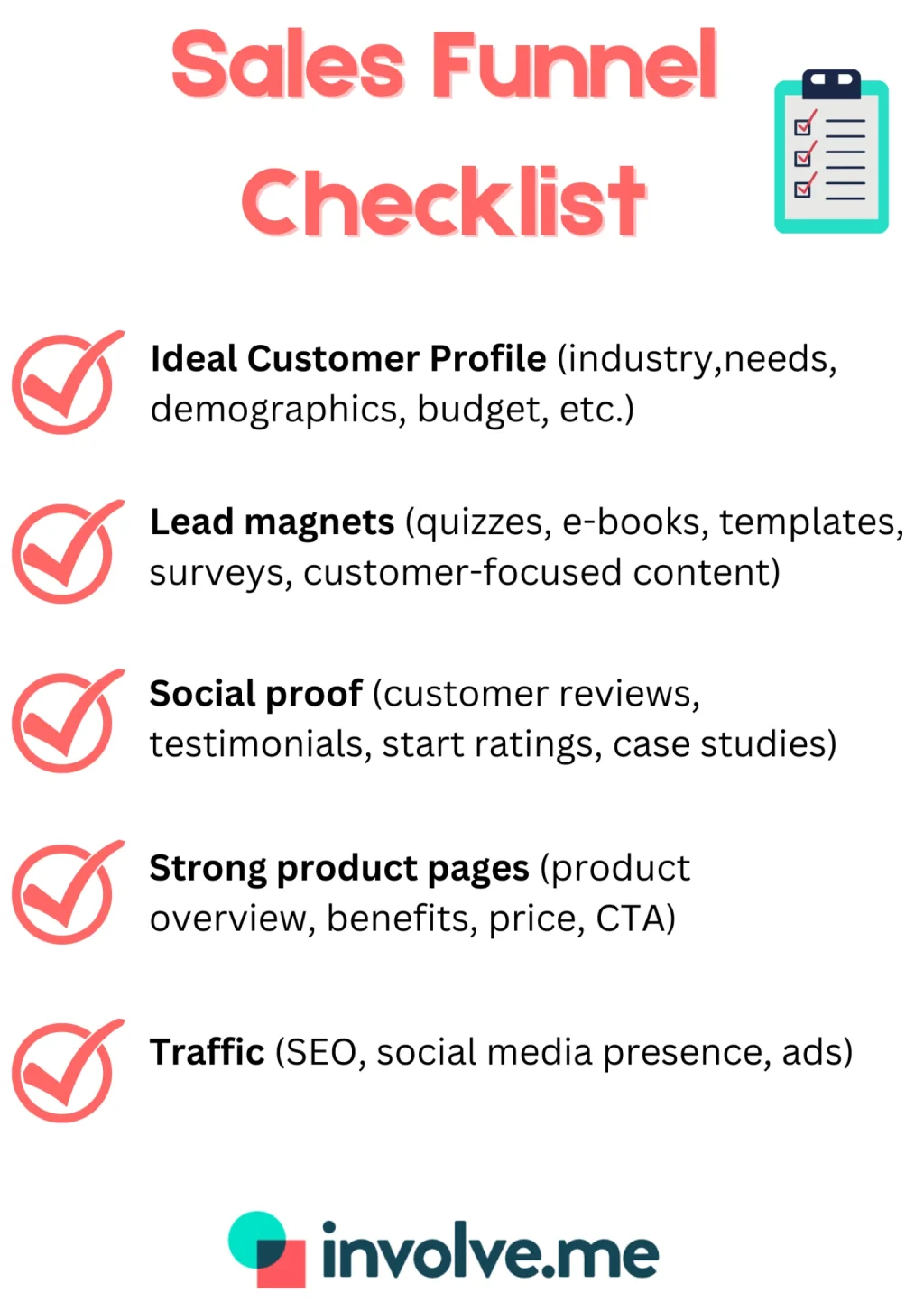The buying process can be long and confusing for everyone involved. At least someone coined a fun term for it - Customer Journey.
Indeed, people don't buy, they go on a journey.
Sales funnels are like maps drawn by marketers to help buyers reach their final destination. And today we will learn how to create them.
This article is worth your time if you want to see real case studies and learn how to build your own sales funnel in a holistic way. Let's start with examples:
1. Ahrefs Funnel (B2B/B2C)
Ahrefs is a set of SEO tools that help users accelerate the growth of organic search traffic to a website.
Ahrefs entered the market when the landscape was still dominated by giants like SEMrush or MOZ. Despite the huge competition, Ahrefs has managed to become and remain (!) one of the market leaders.
Many marketing teams (including us) work specifically with this tool. However, Ahrefs does not rely only on word of mouth marketing. Let's take a closer look at the funnel that got them to where they are now:
Awareness Stage
Ahrefs builds brand awareness through quality content, partnerships and meet ups. The company has also managed to build a strong community that promotes the tool on its social media channels at their own will. This is every marketer's dream.
Content Strategy:
Ahrefs provides lots of free educational materials for marketers - blog posts, videos, case studies, online courses. Every week they publish four original articles.
Here is a piece of content they offer to their visitors who may not know Ahrefs - the article on the difference between inbound and outbound marketing:
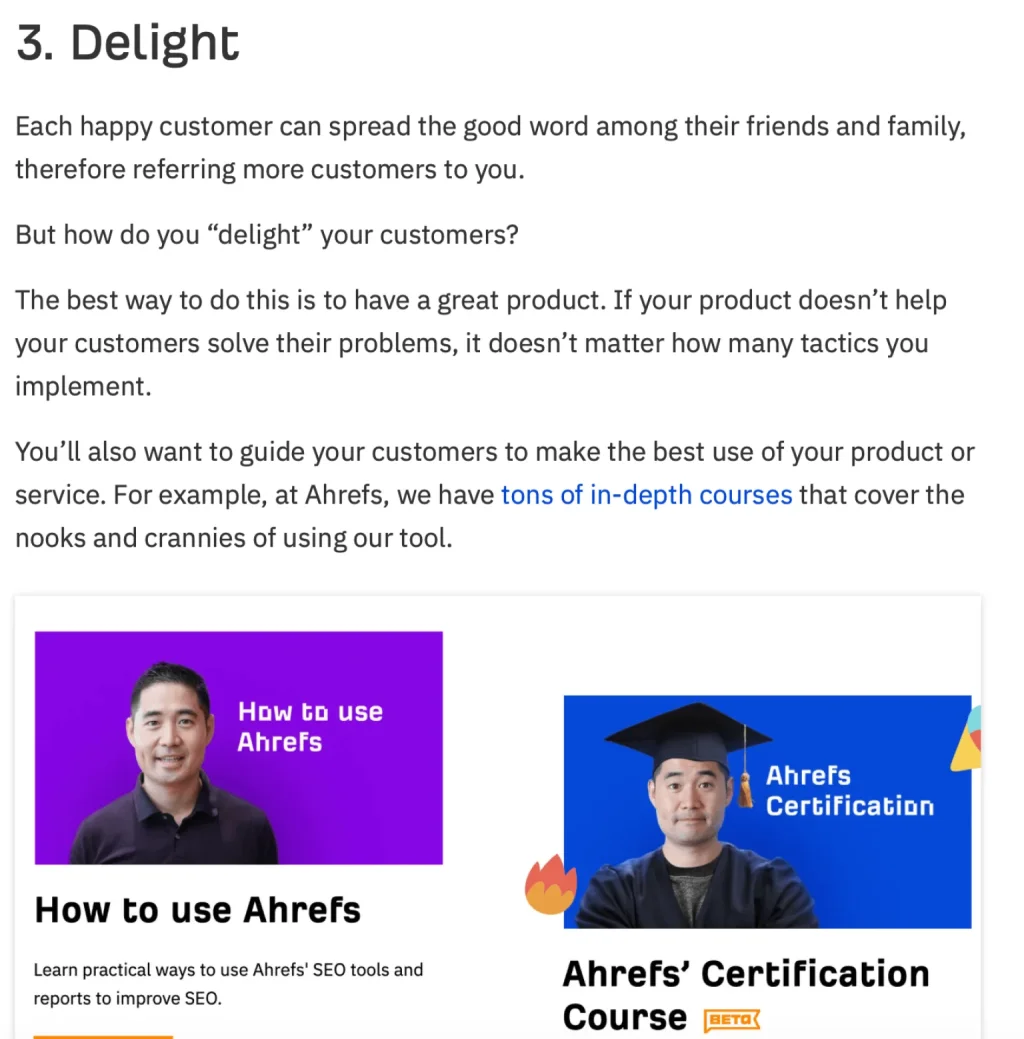
While giving an easy to understand example of how to delight customers, they also promote their free courses.
Surely, they use their own tool to find the most relevant search queries and cover them in their blog. Whether we like it or not, SEO is an important part of the sales funnel, especially in the awareness stage.
Partnerships:
Ahrefs negotiates ad integrations with top marketing podcasts like Marketing Book, The SaaS Podcast, and Social Media Examiner to spread the word about their SEO tools.
Meet Ups:
The company is also a frequent guest at global conferences such as Brighton SEO, Digital Marketers, Australia Conference, and Ad World. You can also find podcasts and interviews with Tim Soulo (CMO at Ahrefs), who uses his personal brand to promote the tool.
Interest Stage
Ahrefs placed a huge Sign Up button on the top of their homepage, making it look like a pretty straight-forward deal.
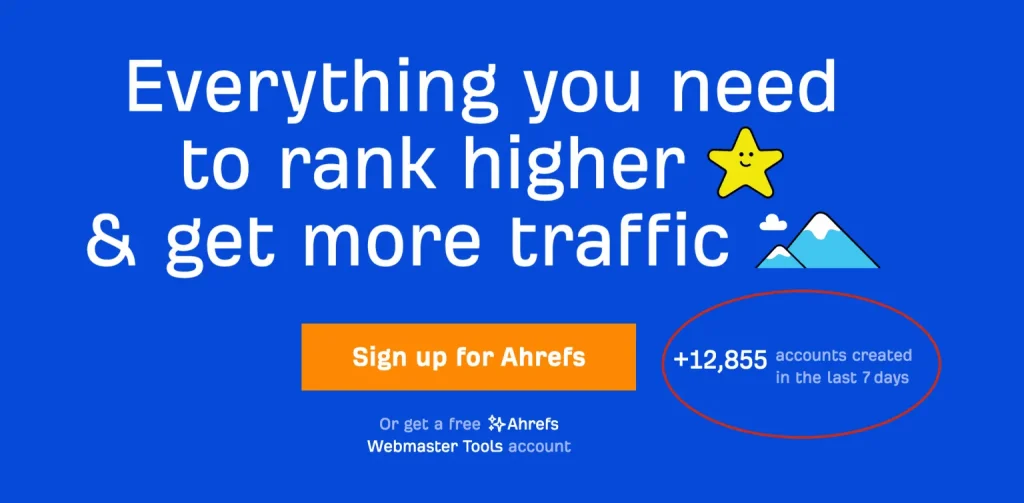
The number of accounts created in the last 7 days is also very impressive.
The SEO tool has also added the logos of its clients on the homepage - Facebook, LinkedIn, Ebay, Uber, Adobe, Tripadvisor.
This is an easy way to convince a visitor to become a customer, you just need to show that your company is the "cool kids" club.
Ahrefs does offer a discount on the annual price. But there is one unique move - they also offer two free months to users who purchase an annual plan.
Unlike other SaaS companies, Ahrefs does not offer a free trial period. You can either use their Webmaster Tools as a freemium (free basic product) or pay for a subscription. Here is how Tim Soulo explains the logic behind this decision:
“The fact that you let users sign up and look around does not mean that they will figure it out on their own. And if you give them lots of educational content & detailed walkthroughs - would a trial even be necessary afterwards?“
Decision Stage
Before a visitor makes a final decision, they will also make sure to check the reviews on Ahrefs. With a simple Google search, it is clear that Ahrefs has good rankings on various review websites such as G2, Getapp, Gartner, Softwareadvice:
2. Zapier Funnel (B2B/B2C)
Zapier is a web-based service that allows users to automate tasks between different online services. For example, you could use Zapier to automatically create a new contact in your CRM software every time someone signs up for your email newsletter.
Zapier connects to a wide range of popular online services (Slack, Mailchimp, Airtable, Trello, Twitter), so you can easily automate tasks without having to write any code.
Awareness Stage
It's not enough to build a strong brand and rest on your laurels when so many startups are popping up around the world.
Even though Zapier has been on the market for 12 years, the marketing team still runs Google ads to appear on the first page when someone googles "no-code automation" or "automation tool".
Zapier also creates blog content tailored to its buyer personas:
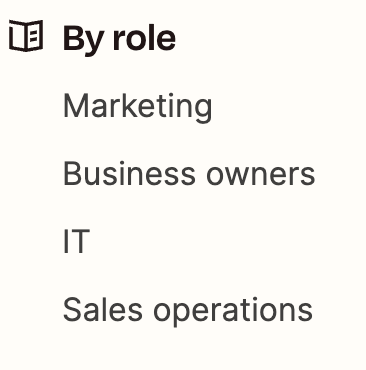
Besides general blog content, their team creates tutorials on available integrations such as How to build your own Slack bot, How to automate Workable, etc.
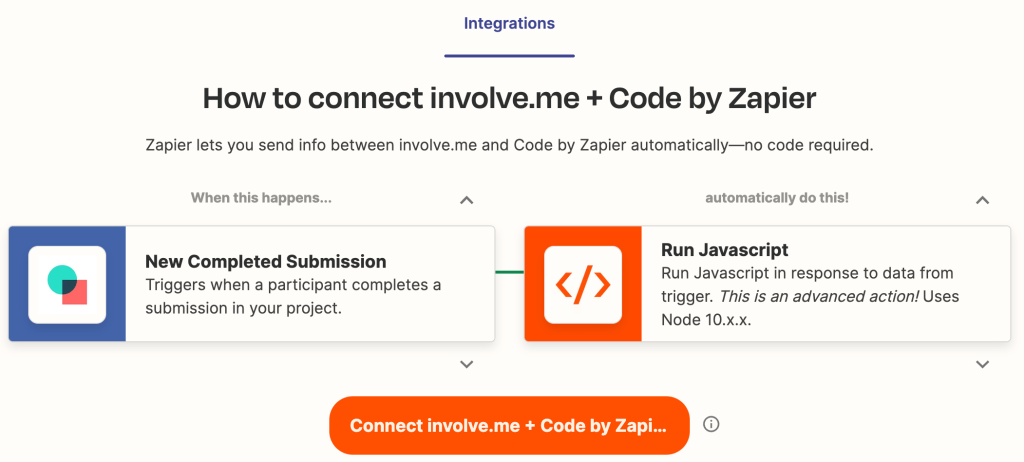
Offering free educational resources to potential customers is a great way to improve brand awareness. Zapier went one step further and launched its own University to teach how to think with automation mindset and create very first "zaps".
Zapier does have a YouTube channel where they show how to create integrations between different platforms, but they do not put too much effort into their video content. That may be because Zapier users share their own videos showing how the automation tool works.
Again, loyal customers can spread the word about your product. It is a perfect solution for the first stage in your funnel (1) as it is free, and (2) according to a study, family and friends are the most trusted source of brand information.
Interest Stage
Right on Zapier's homepage, you will notice the customer story at the very top. The customer stories have a personal touch - photos of their clients.
If you look at most case studies, you'll only see company logos, problem and solution sections. But Zapier has gone a step further (literally) and visited customers in their offices and conducted interviews. In a way, that makes them special and helps capture the attention of potential buyers.
Zapier has also made sure to show up on every tool review site and get high scores.
💡 Customer reviews have become a basic expectation of buyers, which is why it's so important to develop a process to collect them. Make sure to add this step to the action of the sales funnel.
Decision Stage
Zapier lets you use their core features for free forever and you can also have a 14-day trial on their premium features.
The fact that you only need your work email to set up an account makes it very easy to make a decision.
Zapier will also give you personalized workflow recommendations based your role within organization and the apps you use. When registered, you can also expect user-friendly interface* and educational content.
💡 The interface should be organized in a way that makes it easy for users to find what they are looking for, and the design should be uncluttered. There is always a room for improving your interface, so keep running tests and may the force be with you.
3. Grammarly Funnel (B2B/B2C)
Grammarly is a grammar checker and writing improvement tool that helps users identify and correct grammatical errors and improve their writing style.
It can be used as a browser extension or a standalone app, and it is designed to help users write more clearly and effectively by providing real-time feedback on their writing. It can also detect plagiarism while comparing billions of web pages.
Some sources point out that Grammarly spent over $100 million (!) on digital advertising last year. Let's see an example of a sales funnel created with such a large budget:
Awareness Stage
You can have more than 20 million users, yet still work on your Awareness Stage.
Grammarly uses YouTube ads and the mix of contextual targeting to improve their brand awareness.
You might have seen Grammarly commercials on YouTube at least once.
The grammar checker has run at least three different videos targeting different audiences - students, job hunters, and other individuals who might find Grammarly useful in everyday situations (for example, when writing an email).
Running a big number of pre-roll ads, the way Grammarly does it, requires large investments. The cost of reaching 100.000 viewers on YouTube is a min of $2000 as of 2022.
Here is what can be found on the Internet these days ( when you went too far with your awareness campaign):
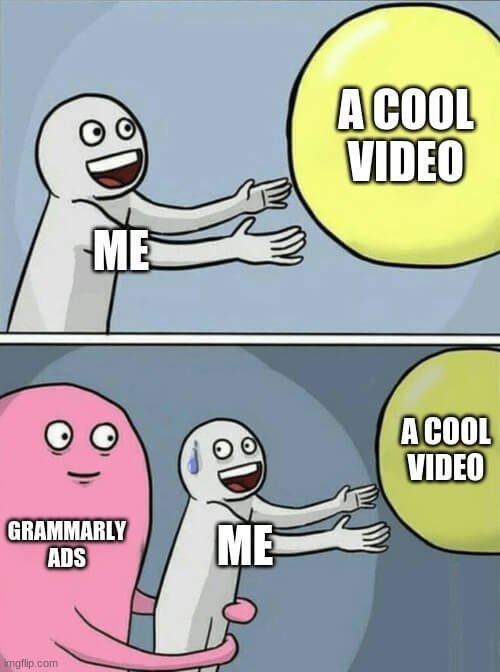
The success of YouTube commercials in generating leads will depend on a variety of factors, such as the relevance of the commercial to the viewer, the quality of the commercial, and the targeting of the ad.
YouTube allows businesses to target their commercials to specific groups of users based on factors such as their demographics, interests, and behavior.
Grammarly also runs some contextual targeting campaigns, which means they run ads on websites related to their product. For example, you can find some ads on websites like grammarbook.com, synonym.com or wikihow.com.
Testimonials are usually used for potential customers who are at the Interest or the Decision stages, but sometimes it does not hurt to break the rules. To increase brand awareness, Grammarly also uses testimonials in their display ads.
You can also use customer reviews in your display campaign if they point out the benefits of your product very well.
Interest Stage
For interested individuals who are not ready to register and test the product on their own, Grammarly created this demo page:
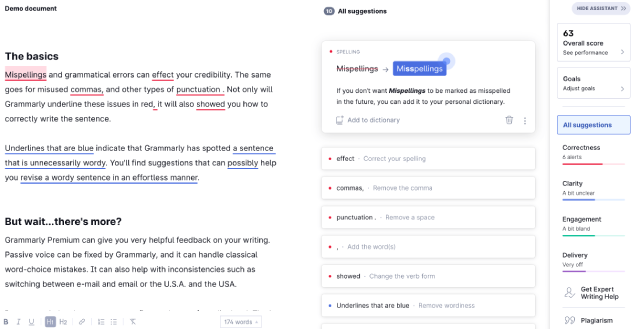
It's an interactive page that looks exactly like the interface at Grammarly. You can click at each element to see what happens next.
Indeed, it's more fun than watching a product overview video. Also, playing around with the tool and its premium features doesn't require you to sign up with your email address.
Also, on the demo page you will find a large CTA button indicating that you can create a free account.
Freemium business models are quite popular among SaaS companies, but Grammarly does stand out with their interactive demo.
Decision Stage
As Grammarly states, they periodically offer free trials to individual users. To test premium features for a week, you still need to enter your credit card details.
Grammarly also offer a 20% discount on a selected plan to one of their target groups - students. There is one trick though, the promotional price is only valid for the first month, first three months, or first twelve months, depending on the subscription term students choose. So, basically these discounts are not very generous, yet they are still essential at the Decision stage as they can motivate visitors to turn into customers faster.
4. Bluestone PIM Funnel (B2B)
Freemium business models are great as qualified leads don't really lose anything when signing up, they only gain benefits (at least the basic ones).
What about companies that operate differently and can't technically offer the freemium due to complicity of the product? It's often the case with B2B products and services.
B2B marketing is considered more complicated than B2C because B2B transactions typically involve more decision-makers and have a longer sales cycle. Additionally, B2B products can require a detailed understanding of the customer's business and industry.
The sales funnel for B2B companies is generally similar to the sales funnel for B2C companies. But there are some key differences that we are going to see in the example below.
Let's take a closer look at the sales funnel of Bluestone PIM, a B2B company specialising in product information management software.
Awareness Stage
Marketing campaigns at the awareness stage can look quite similar for B2B or B2C companies.
In both cases, the sales funnel begins with the identification of potential customers. This can be done through market research and networking. Quite often B2B companies hire consultants (e.g, from consulting firms like McKinsey or Gartner) to get the full picture of the target market landscape.
Bluestone PIM, for instance, leverages the power of Google Ads, remarking campaigns, and online/offline events at the awareness stage. They also build a good quality blog to answer any questions their potential buyers might have.
As a tech company, Bluestone PIM builds integrations with companies that offer complementary products and do partnership marketing.
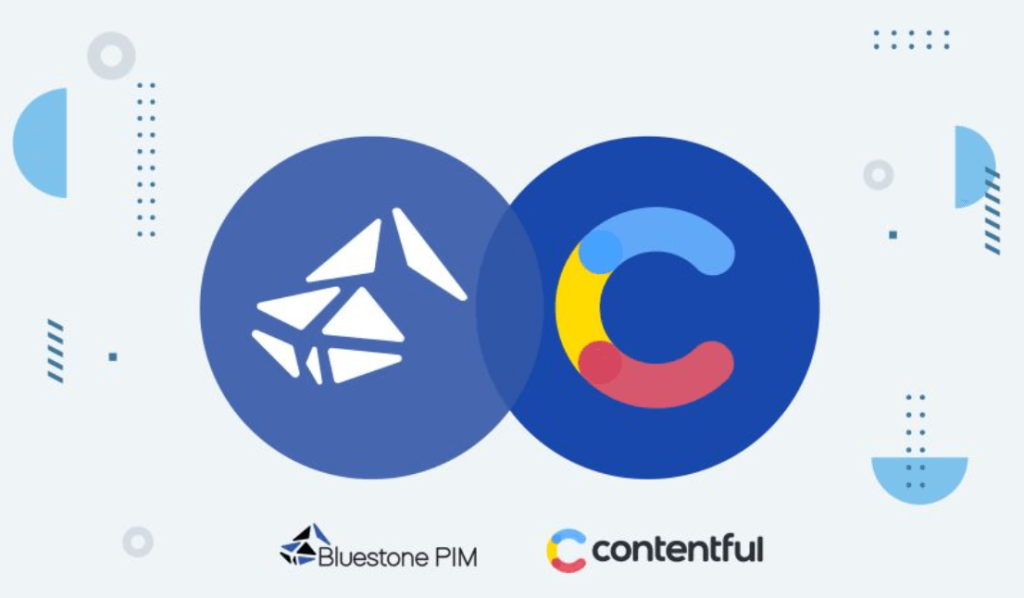
💡 Partnership marketing is a type of marketing strategy in which two or more businesses work together to promote each other's products or services. This can involve activities such as cross-promotion, co-branding, and joint ventures. Partnership marketing is often used to help businesses reach new audiences, expand their customer base, and increase their sales.
To reach target audience at the awareness stage, Bluestone PIM also uses paid ads on platforms like LinkedIn.
💡 LinkedIn allows B2B companies to target their ads to specific audiences based on factors such as job title, industry, and company size. This can help to ensure that the ads are being seen by the right people, increasing their chances of success.
Interest Stage
B2B companies filter leads at the Interest Stage. The reason is simple - to save everyone's time. The B2B sales process includes additional steps, such as product demonstrations and negotiations. Therefore, it is important for both parties to see if they are potentially a good fit.
Bluestone PIM uses product-specific E-books and price calculator to evaluate factors such as the potential customer's budget, needs, and decision-making process. Here is a price calculator from their Pricing page:
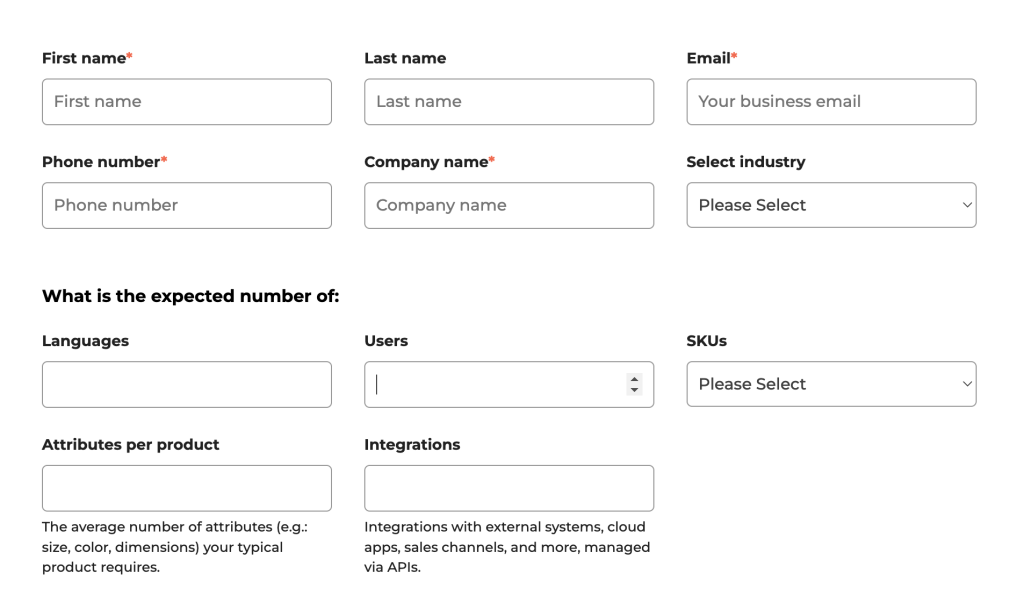
The price calculators can provide increased transparency, improve decision-making and give you better data on your potential buyers. You can create your own price calculator using one of our Involve.me templates:
Get Started With Price Quote Calculator Templates
300+ Mobile Friendly Templates
Request Collection Form for Real Estate Template
Press Release AI Generator Template
Vegan Cook Box Onboarding Funnel Template
Enterprise Software License Quote Template
Finance Portal Onboarding Funnel Template
Bulk Order Calculator for Manufacturing Template
To move leads from the Interest to the Decision stage, Bluestone PIM created long-form landing pages with the descriptions of their benefits and features. Besides that, you can also the industry standard social proof such as case studies and links to the review sites.
Decision Stage
The implementation of the PIM product is a highly customized process, so the freemium model is not an option in this case.
The only way to turn a visitor into customer is by running an effective demo.
At this stage, all the work is on the shoulders of the sales teams. To win a customer, they must understand the challenges and be able to present the product as a solution.
A strategic approach is to provide real case studies or examples of how your product or service has helped other companies in similar situations. This can help the potential customer to visualize the benefits of the offering.
5. Two Islands Funnel (B2C)
Running an e-commerce store requires a slightly different approach to the sales funnel. You can not give your products away for free to every prospect (daah!). And you may not have the same marketing budget as worldwide recognised brands like Nike, Apple, and Pandora.
In that case, you should put on your brave face and build a sales funnel that fits your budget. Here is an example of a New Zealand store Two Islands that sells wellness products online.
Awareness Stage
Small businesses can not afford to spend hundreds of thousands on Google ads to keep up with the big players. And they may not have the luxury of ranking for competitive keywords in their industry either.
To ensure that paid traffic leads to conversions, your ads should ideally target only one of your products.When clicking on the ad, people should be sent exactly to the product they are interested in.
In addition to the e-commerce store pages, Two Islands also has product landing pages that are used for Google Ads. We will take a look at these in the Interest stage.
Another way for new businesses to increase brand awareness is influencer marketing and social media.
Two Islands has an Instagram account with only 26.6K followers. Why is that a good result?
Because those followers are real, they actively comment and like the photos. With an ICP (Ideal Customer Profile), you can also determine which platforms your target audience is using and where you should be putting all your efforts.
Also, every e-commerce store should take care of its SEO positioning.
💡 The best SEO practices for e-commerce involve optimizing your website's content and structure, using relevant keywords in your product titles and descriptions, and earning high-quality backlinks from other websites. It's also important to make sure your website is mobile-friendly and loads quickly, as these factors can impact your search engine rankings.
Two Islands have also started a blog around their products. However, as the Ahrefs data shows, they still needs to work on their website traffic.
Interest Stage
Let's go back to the product landing pages on Two Islands.
Besides the product description and the list of benefits, visitors can also find the star ratings and the comments section below. This social proof helps first-time visitors understand that this is a reputable store.
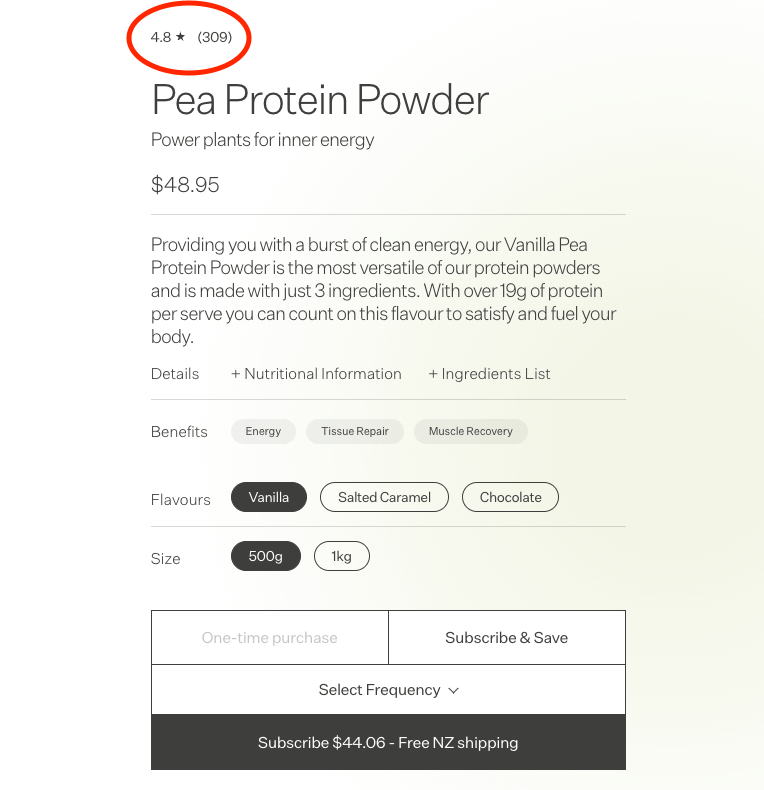
It's also possible for potential customers to ask questions about the products publicly.
To help visitors move to the decision stage faster, Two Islands prepared the FAQ section and the a detailed instruction on how to take the product (in this case, pea protein powder).
People process visuals 60.000 times faster than any text.
To improve the conversation rate during the Interest stage, high-quality visual content is crucial. In addition to product photos, you can also introduce product videos, 360-degree views, and "zoom-in" features.
Decision Stage
At this stage, we need to convince interested visitors to buy a product from us. For this purpose e-commerce stores often offer special discounts and special offers
Two Islands, for example, uses the upsell technique.
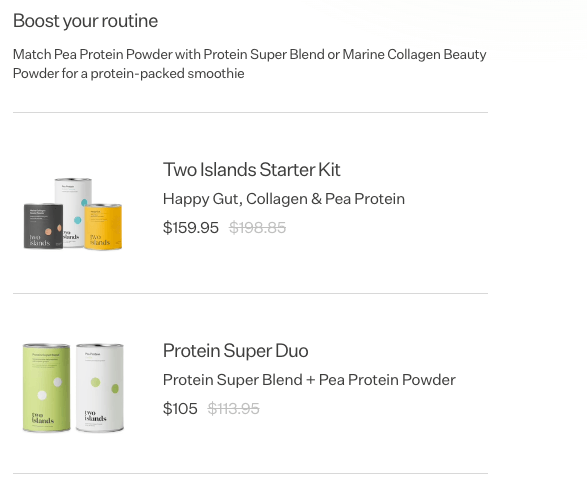
💡 An upsell is a sales tactic in which a company tries to convince a customer to buy a more expensive version of the product they are considering, or to add additional products or services to their order. Upsells can be effective if they are not pushy or aggressive and if they truly add value to the customer.
Two Islands also lowers the price for regular customers who want to get a delivery once every few weeks.
And cherry on top: Two Islands accepts LayBay and AfterPay (payment platforms offering Buy Now, Pay Later options). This can be appealing to customers because it allows them to get the products they want without having to pay for them upfront.
Another tactic to help visitors make a purchase faster is by offering personalised recommendations. To do that, you can either track your customers' interactions with your website or ask them directly!
Here is a great example of a survey for creating a personalised offer:
What Is a Sales Funnel in a Simple Explanation?
TL;DR:
A sales funnel is a marketing term that describes the process of guiding a potential customer through the stages of interest in a product or service. The concept of a sales funnel helps businesses understand how they can best support potential customers as they move through these stages and eventually make a purchase.
A sales funnel usually starts with getting to know the product or service, followed by consideration of its features and benefits, and finally making a decision.
You can build a complete funnel with pre-designed templates.
Build a Sales Funnel For Your Website
Start with customizable templates
Legal Workshop Registration Form Template
Customer Engagement Quiz for Software Template
Newsletter Signup Form For Agency Client Template
Membership Cancellation Funnel Template
Tariff Calculator for Energy Industry Template
Get 50% Off Template
Why Is a Sales Funnel Important?
The goal of a sales funnel is to convert as many potential customers as possible into actual customers by providing them with the information and support they need to make an informed purchasing decision.
By visualizing the customer journey from awareness to purchase, companies can identify where potential customers may be dropping out of the funnel and adjust their marketing and sales strategies accordingly.
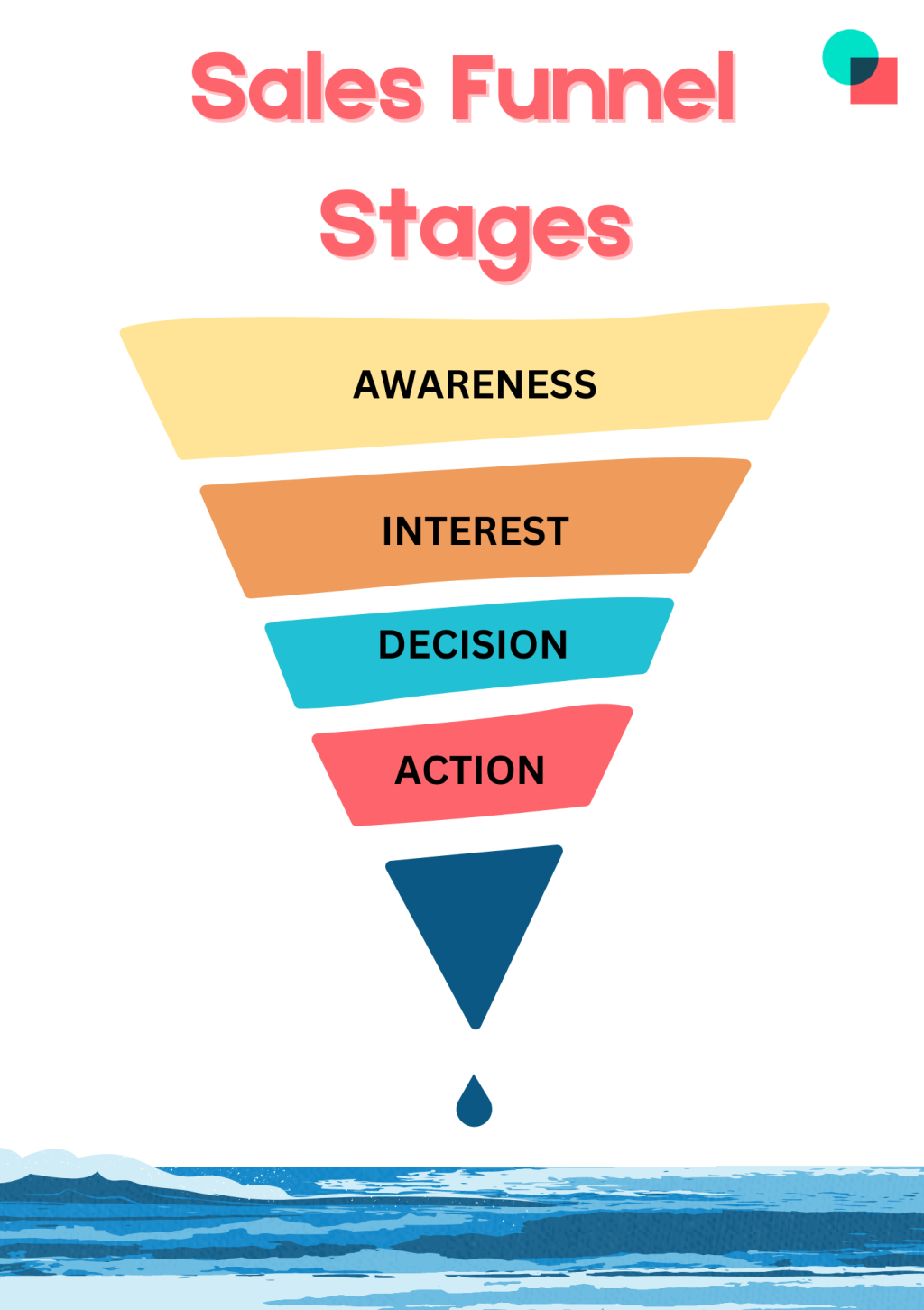
Understand the 4 Main Sales Funnel Stages [examples!]
Some marketing blogs define six stages of a sales funnel - awareness, discovery, evaluation, intent, purchase and loyalty. However, it's up to you to decide if your team has enough resources to take care of each stage, or if it would make more sense to combine them.
We'd like to focus on four main stages of a sales funnel: awareness, interest, decision, and action.
1. Awareness
This is the stage at which the potential customer first becomes aware of the product or service. At this stage, the business may use various marketing and advertising tactics to attract the customer's attention and make them aware of the product or service.
Example: MOZ (SEO software) launched Google Ads campaign targeting their direct competitor's audience (Ahrefs). By offering a trial they want to motivate potential customers to try out their solution as well.
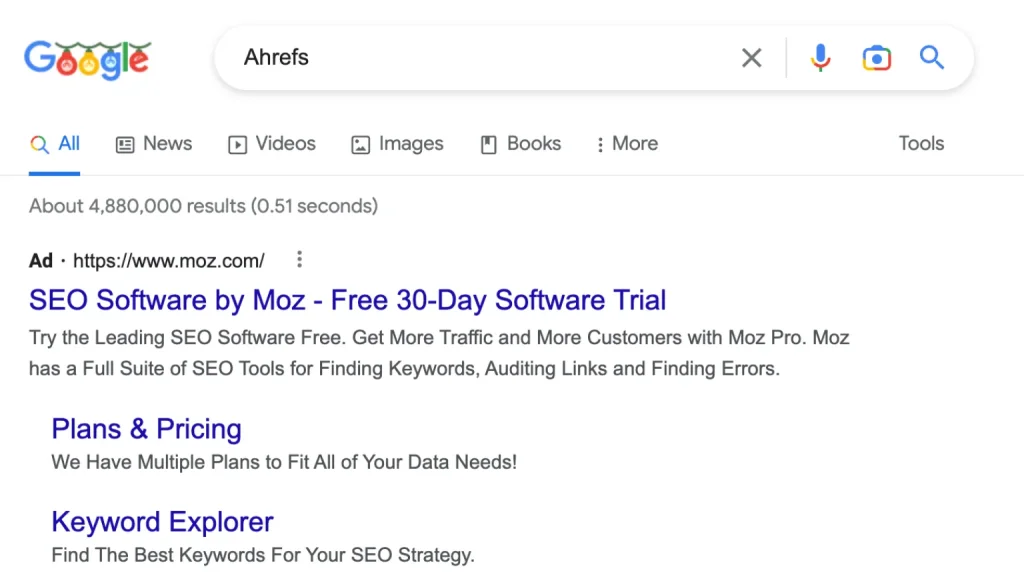
2. Interest
In this stage, the potential customer begins to evaluate the product or service and consider its features and benefits. At this stage, the business may provide more detailed information about the product or service, such as product specifications, pricing, and customer reviews.
Example: When you go to the "Notion pricing" page, besides product's pricing and benefits, you can also find customer stories. Such social proof is necessary to motivate your potential customers to choose your product.
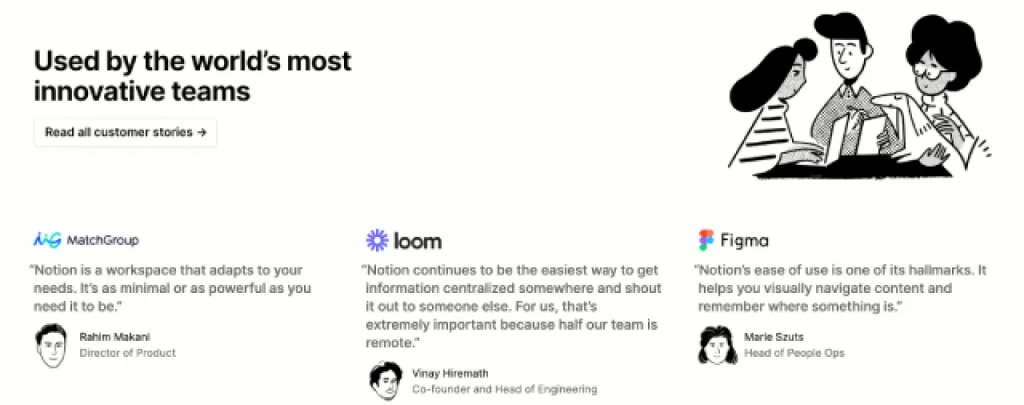
3. Decision
At this stage, the potential customer is ready to make a purchase decision. The business may offer incentives, such as discounts, free trials, or limited time offers to help the customer make their final decision.
Example: There are many language schools and private teachers out there and Lingoda (online language school) knows that.
Check out their homepage below. It offers everything to convince potential students to sign up for an online course - from a 50% discount (shout out to all Black Friday fans!) to a free trial period.
Lingoda's marketing department says: "It does not cost you anything to try it, and if you decide to join us now, you'll get a generous discount (at least within the next 9 hours, since it's a limited-time offer)."
4. Action
In this final stage, the potential customer makes a purchase and becomes an actual customer. This is the end goal of the sales funnel, and the business will typically provide support and follow-up to ensure that the customer is satisfied with their purchase.
Example: A survey is a great way to gather feedback and improve the process. You can use one of these templates to create a survey for the Action stage.
Create A Branded Survey
Start with a template
Financial Customer Support Template
Cancellation Survey Template
Vegan Cook Box Onboarding Funnel Template
Membership Cancellation Funnel Template
Feedback Survey for Online Magazines and News Websites Template
Discounted Purchase Template
How to Build a Sales Funnel Fast?
Building a sales funnel can take some time, as it involves creating a plan, identifying potential customers, creating marketing and sales materials, and testing and refining the process.
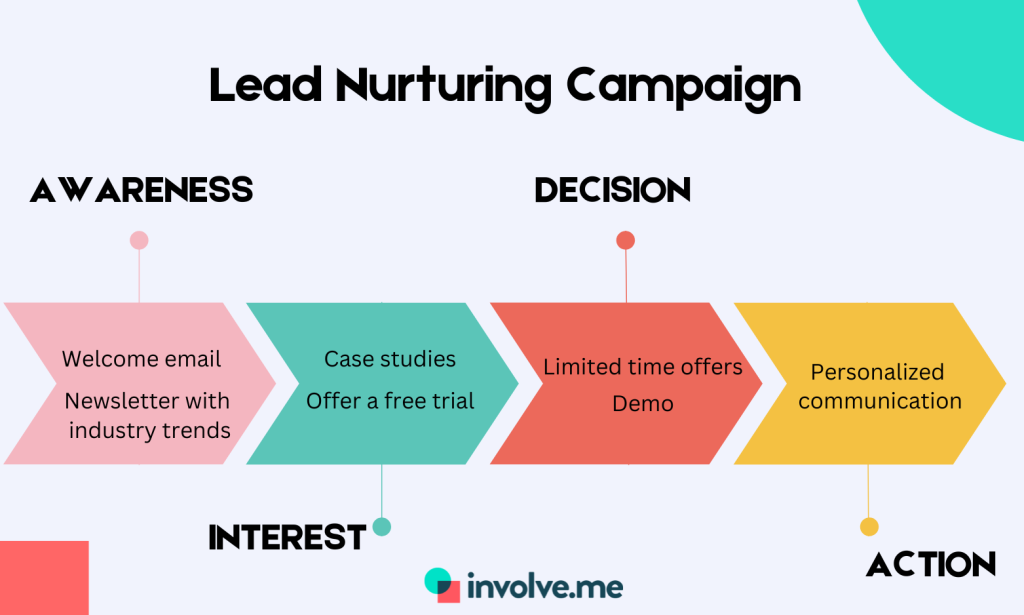
Here is how you can tackle this large, overwhelming project of building an outstanding sales funnel:
1. Define Your Target Audience
Before you can create a sales funnel, you need to know who you are trying to sell to. Identify your target audience by considering factors such as demographics, interests, and pain points.
To define your buyer persona, you can either group your existing customers to discover commonalities or ask your new customers to complete an onboarding funnel survey.
Eventually, you can also use funnels (a quiz funnel for instance) to help you segment and better understand your audience.
Here is an example of an onboarding survey you can use to define your target audience:
2. Identify Your Value Proposition
Try to understand what makes your product or service unique and valuable to your target audience? Your value proposition should clearly communicate the benefits of your offering and why it is the best solution for your customers.
3. Build a Funnel
When you know what you want to communicate and to whom, it is time to put your message out there and start getting your audience to interact with it. You can keep your funnel more traditional or spice it up with interactive content elements to stand-out and boost conversions. You could actually build a fully interactive sales funnel and test it out yourself.
Additionally, you can build funnels using the other methods such as:
Create a Landing Page
A landing page is a standalone web page, created specifically for the purpose of a marketing or advertising campaign. It's where a visitor "lands" when they have clicked on a Google AdWords ad or similar. Your landing page should clearly state the problem your product or service solves and how it can benefit the customer.
Offer a Lead Magnet
A lead magnet is a piece of content or offer that is designed to attract and capture leads. It could be a free ebook, webinar, or email course. The goal of a lead magnet is to get potential customers to exchange their contact information for something valuable.
Set Up Email Automation
Once you have captured leads through your lead magnet, it's important to nurture those leads and keep them engaged. Set up email automation to send targeted emails to your leads based on their actions and interests.
Create a Sales Page
A sales page is a standalone web page that is designed to sell a product or service. Your sales page should clearly outline the features and benefits of your product or service, as well as include social proof and a strong call to action.
Test and Optimize
Just like your washing machine, you don't want your funnel to be leaky. As you start using your sales funnel, pay attention to how well it's performing and make adjustments as needed to seal any leaking parts in which you may be losing potential customers. This may involve testing different messages, offers, or techniques to see what works best. Continuously refining your sales funnel will help you improve its effectiveness over time.
Consider using these sales funnel metrics to measure your sales funnel performance:
Conversion rate
Total number of leads
Customer lifetime value
Acquisition Costs
Cycle Time
Use this checklist when creating your very first sales funnel:
A poorly constructed sales funnel lacks a plan and may not be focused on the customer's needs and pain points. That's why it has no chances to engage potential customers or persuade them to make a purchase, and may result in a low conversion rate.
If you can afford to spend hundreds of thousands of dollars each month on ads, go for it. But do it the smart way, like some of the companies listed below.
The Difference Between a Sales Funnel, Marketing Funnel and Flywheel
Marketers often confuse sales funnels and marketing funnels, as well as flywheels, because they all share some common features and can be used to describe the customer journey.
However, there are some key differences between these concepts that can help clarify their uses and applications.
Sales Funnel Vs Marketing Funnel
TL;DR: A marketing funnel is concerned with generating leads and building brand awareness, while a sales funnel is focused on converting leads into customers. The two are closely related, and a successful marketing strategy will often feed into a successful sales funnel.
Too Short; Want More:
A sales funnel is a framework that businesses use to track and analyze their sales process. It typically includes several key stages, such as generating leads, qualifying prospects, making an offer, and closing the sale. The goal of a sales funnel is to optimize each stage of the process in order to convert as many prospects as possible into customers.
On the other hand, a marketing funnel is a broader concept that encompasses the entire process of attracting and engaging potential customers, from the first time they become aware of a company or its products, to the point at which they make a purchase. The goal of a marketing funnel is to build a relationship with potential customers and guide them through the process of becoming a customer.
Sales Funnel Vs Flywheel
TL;DR: The goal of a sales funnel is to make a sale. The goal of the flywheel is to satisfy the customer.
Amazon is the best example of an effective flywheel strategy. Instead of using tons of paid ads to attract new customers, they spend their resources on improving the customer experience and streamlining processes.
Marketing wisdom to live by: one loyal customer is better than ten visitors who drop out of the sales funnel.
Final Thoughts
In conclusion, the best sales funnel examples are the ones that effectively guide potential customers through the journey from awareness to purchase.
These funnels should be well-designed, easy to understand, and tailored to the needs and preferences of your target audience.
Whether you're a small business owner looking to increase sales, or a marketing professional seeking to improve conversion rates, the right sales funnel can make all the difference. You might not be as large as Grammarly or well-known as Ahrefs at the moment, yet you can still "borrow" a few tactics while looking for a unique approach for your target audience.
Happy funnelling! May the conversion be with you.
